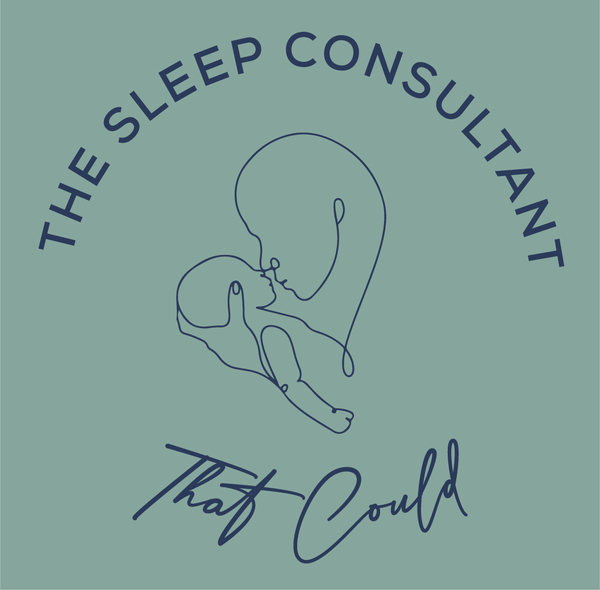Night Weaning
4 Easy Steps for Ending Night Feeds the Right Way: From Midnight Snacks to Daytime Delights and Sleeping Through the Night
As our little bundles of joy reach the illustrious milestone of six months, a pivotal transition awaits them—one that promises restful nights and daytime vigour. The topic at hand revolves around the strategic and sometimes necessary cessation of night feedings, thereby curbing those midnight wake-up calls.
Yes, moms, we can go back to sleep decently, like we used to do before life with a baby, but let’s do it right; let’s first understand how and when we can transition to daytime nutrition only. Remember, we’re not merely reclaiming sleep; we’re conducting a harmonious symphony of content baby bellies and helping our babies sleep through the night while supporting their development.

1. Infant Caloric Regulation: From Biology to Nourishment
In the grand theatre of infant development, caloric regulation takes center stage. Imagine our little stars—tiny beings with an innate ability to fine-tune their intake.
Specifically, they can upregulate or downregulate their feeding frequency and caloric density to match their energy needs. But here’s the twist: this remarkable skill wanes with age.
As the curtain rises, we witness differences in weight gain and the looming spectre of obesity risk.
Infant appetites, such as higher food responsiveness and lower satiety responsiveness and nonresponsive maternal feeding practices, such as using food to soothe, have been reported as potential risk factors for obesity (Reynolds et al., 2023).
So, if you are worried about your baby not getting enough calories if you suppress night feedings, keep in mind that babies who stop waking up during the night for feedings will make up for those calories during the day.
And guess what? Solid foods are now on the menu! These solids help them meet their nutritional cravings and fuel their baby-sized adventures.
Transitioning Nighttime Calories to Daytime
Like everything in life, transitions take time but are necessary.
By six months of age, most babies are ready for solids.
Remember that your baby’s six-month check-up is a great opportunity to get guidance from your pediatrician on how to start the transition to solid food and get the green light on sleep training.
If your baby is ready for sleep training and start on solids, here are four steps:


Step 1: The Great Calorie Shuffle
So, you’re sleep training. The baby’s crib is their nightclub, and you’re the bouncer. No more midnight milkshakes! But don’t panic. Your baby’s body isn’t staging a hunger strike; it’s just rearranging the calorie furniture.
- Nighttime: Zero-calorie disco. Your baby will learn to snooze without the liquid buffet.
- Daytime: The grand calorie ball! More ounces in the bottle, longer nursing sessions, and solid food intake opportunities.
Step 2: Offer daytime feed opportunities
Now, I don’t want you to panic here with the solids introduction. All babies have their own way of navigating introduction to solids; some might be eager, and some might be not too interested. And that’s ok.
Milk, whether formula or breastmilk, remains their primary caloric source until their first birthday. However, giving your baby plenty of opportunities to taste new textures and flavours is essential.
Do not focus much on quantities. Most times, one or two teaspoons are all you can get them to eat.
Add more ounces to the baby bottle or increase the nursing session. Your baby will probably demand it spontaneously.


Step 3: Keep a food journal
Monitor your baby’s food intake for both milk and solids, and pay careful attention to the baby’s hunger and fullness cues. Build a feeding journal so it is easy to identify allergies. Believe it or not, food allergies impact sleep. Monitor for:
Food Responsiveness: Some infants have appetites that rival food critics at a Michelin-starred restaurant. Their taste buds tango with delight, urging them to explore every flavour.
Satiety Responsiveness: Others, however, possess a more stoic palate. Satiety whispers to them, “Enough, little one.” These are the babies who pause mid-bottle, contemplating life’s mysteries.
Maternal Feeding Practices: Ah, the maternal maestros! Some moms wield food as a soothing spell. When tears flow, out comes the spoon—a magical incantation to calm the storm.
Keeping a journal will help you schedule feedings according to your baby’s demands and family routine. You want to ensure the baby is satisfied enough not to wake up from hunger but not overfed so that the baby is uncomfortable or wakes up with a bowel movement.
Step 4: Establish a consistent routine
If you haven’t done so, now is the time to develop your feeding, nap, and bed routines. Remember, you should introduce sustainable and consistent routines, so keep in mind your family’s activities.
Now, I am all for good associations, and as a birth and postpartum doula, I use positive associations every day for everything: with my clients, my kids, and, gosh, even my husband!
So, create positive environments and cues for feedings and sleep time. This will prevent battles and anxiety around these times.
For naps and bedtime, follow a simple routine and do not bottle or breastfeed to sleep.

It can be subtle. For example, during feeding times, playing the same song in the background, having the baby seated in their high chair, sitting next to them to enjoy our meals too, playing pretending with food, etc., are all positive associations that cue the baby that it is time to eat.
In conclusion, transitioning from nighttime feedings to daytime nutrition is a significant milestone for both the baby and the parents. It not only allows for restful nights but also supports the baby’s development by promoting healthy caloric regulation. Remember, every baby is unique, and the transition may take time, so be patient and keep a feeding journal to monitor your baby’s food intake.

Remember, if you need help building a detailed plan for transitions to solids, dropping naps, or helpful resources to help you through the transitions, my one-hour sleep clinics are the perfect opportunity to get expert advice. Book your consultation HERE.
If you have decided to start sleep training formally, congratulations! Book a complimentary 15-minute consultation, and I will tell you how we can help you. Book HERE.
REFERENCES
Costa, A., & Oliveira, A. (2023). Parental Feeding Practices and Children’s Eating Behaviours: An Overview of Their Complex Relationship. Healthcare, 11(3). https://doi.org/10.3390/healthcare11030400



One Comment